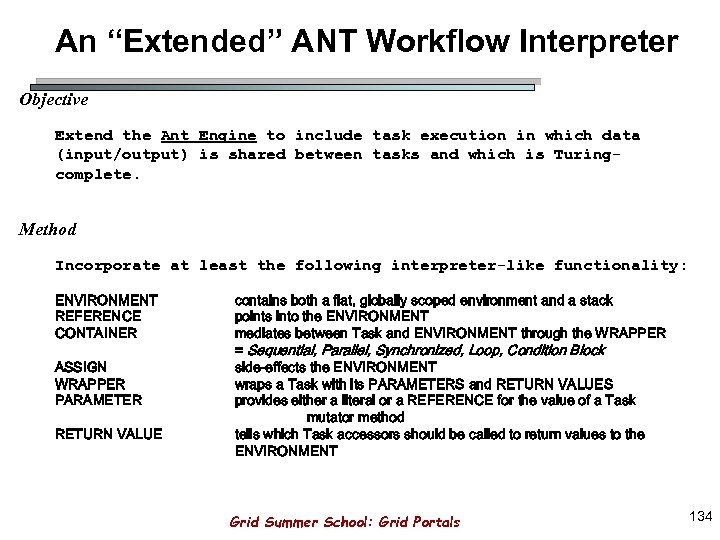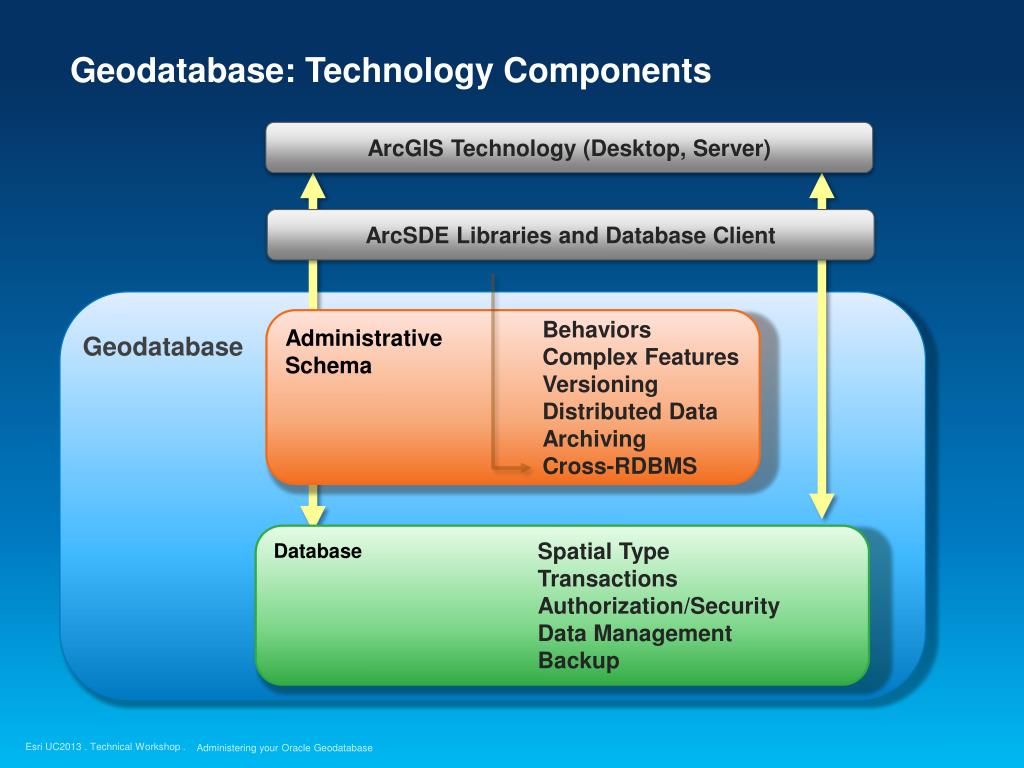
Recommended properties rather than trying to provide every possible recommended property with However, it is more important to supply fewer but complete and accurate It more likely that your information can appear in Search results with enhanced display. In general, defining more recommended features can make You must include all the required properties for an object to be eligible for appearance in Learn more aboutīe sure to test your structured data using the Rich Results Test during development, and theĪfter deployment, to monitor the health of your pages, which might breakĪfter deployment due to templating or serving issues. To be eligible after January 29, 2021, you As of January 29, 2021, markup will no longer beĮligible for Google rich result features. There are more attributes and objects on thatĪren't required by Google Search they may be useful for other services, tools, and platforms. On the Google Search Central documentation as definitive for Google Search behavior, rather Structured data with special meaning to Google Search. This documentation describes which properties are required, recommended, or optional for "interactionStatistic": "InteractionCounter", "description": "This is how you make a Party Coffee Cake.", "name": "How to make a Party Coffee Cake", "text": "Pour the pineapple juice and coconut mixture over ice." "text": "Blend 2 cups of pineapple juice and 5/8 cup cream of coconut until "HowToStep", "description": "This non-alcoholic pina colada is everyone's favorite!", Tool for validating your structured data, and in some cases, previewing a feature in Google Search. The Rich Results Test is an easy and useful

For more technicalĪnd quality guidelines, see the Structured data Information that is not visible to the user, even if the information is accurate. Don't createīlank or empty pages just to hold structured data, and don't add structured data about The structured data on the page describes the content of that page.

Structured data is coded using in-page markup on the page that the information applies to. You canīecause the structured data labels each individual element of the recipe, users can searchįor your recipe by ingredient, calorie count, cook time, and so on. Note: The actual appearance in search results might be different. "6 cups thinly sliced, peeled apples (6 medium)" "1 box refrigerated pie crusts, softened as directed on box", For example, a recipe page with valid structured data is eligible toĪppear in a graphical search result, as shown here: Search appearance Structured data Google Search also uses structured data to enable special search result features andĮnhancements. This coffee cake is awesome and perfect for parties. "description": "This coffee cake is awesome and perfect for parties.", Here is a JSON-LD structured data snippet that might appear on a recipe page, describing the title of the recipe, the author of the recipe, and other details: Google uses structured data that it finds on the web to understand the content of the page,Īs well as to gather information about the web and the world in general. Time and temperature, the calories, and so on. The page content for example, on a recipe page, what are the ingredients, the cooking Structured data is a standardized format for providing information about a page and classifying You can help us by providing explicitĬlues about the meaning of a page to Google by including structured data on the page. I'll post examples of the errors I'm seeing as soon as I have a new test run.Google Search works hard to understand the content of a page.

I expect that this has something to do with the close association between Oracle Schemas and User's. In a nutshell I do the copy but then I get errors to the effect that several items pre-exist despite copying to a new name. The Docker container adds a pain in the 6 O'clock, but I've been able to get limited success with this technique. What I've been experimenting with is using the expdp/impdp tools. Generally speaking, what is a good approach for this? We are working with Oracle running on our local machines in a Docker container. Do the test run against the copy and then asynchronously remove it at the end. Then do a straight copy of the entire schema to a unique name. What we were thinking of as a solution was to keep a copy of the schema that is kept up to date via automated means. One thing to consider is the possibility that a developer might check in something with screwed up transaction management, like something that does real commits with no transactional rollback. Also problematic is that we can only run one set of tests at a time because we only get one schema to test against. Four minutes to erase and four minutes to rebuild.

Problem is that this takes as long as 8 minutes per build which is costing us severely in CI. We fire them up and then blow them away afterwards. The systems in question are strictly for developers to test against.


 0 kommentar(er)
0 kommentar(er)
